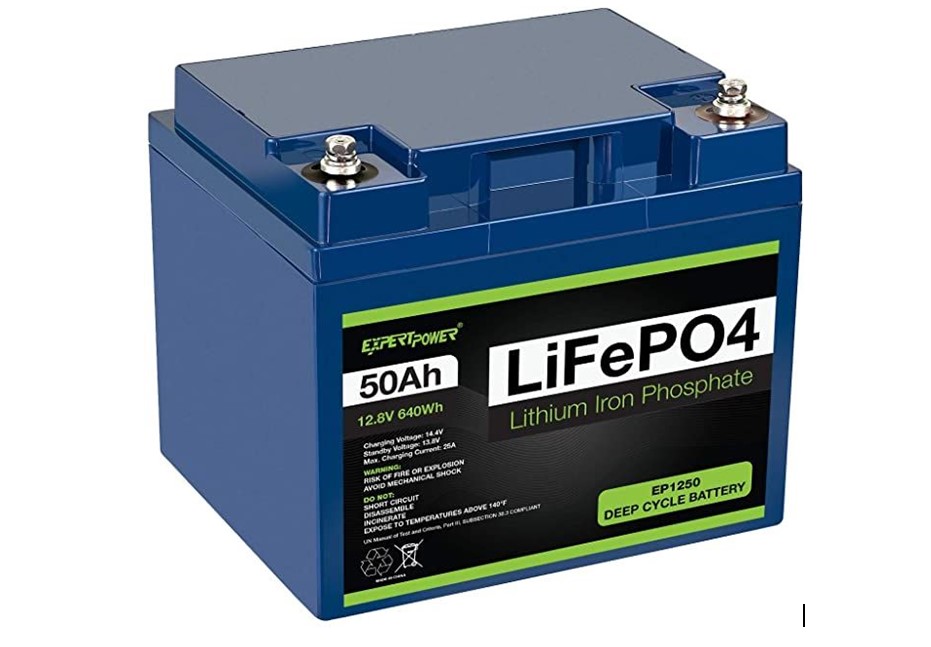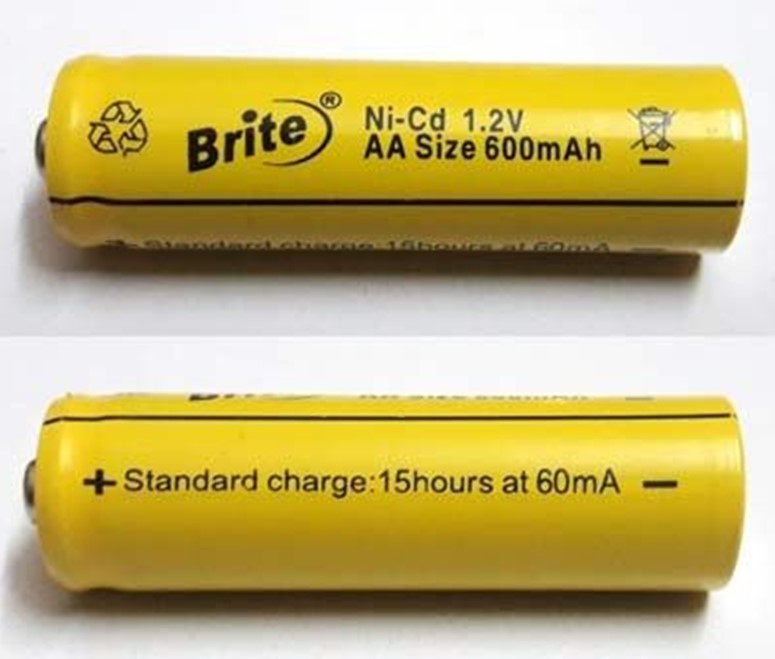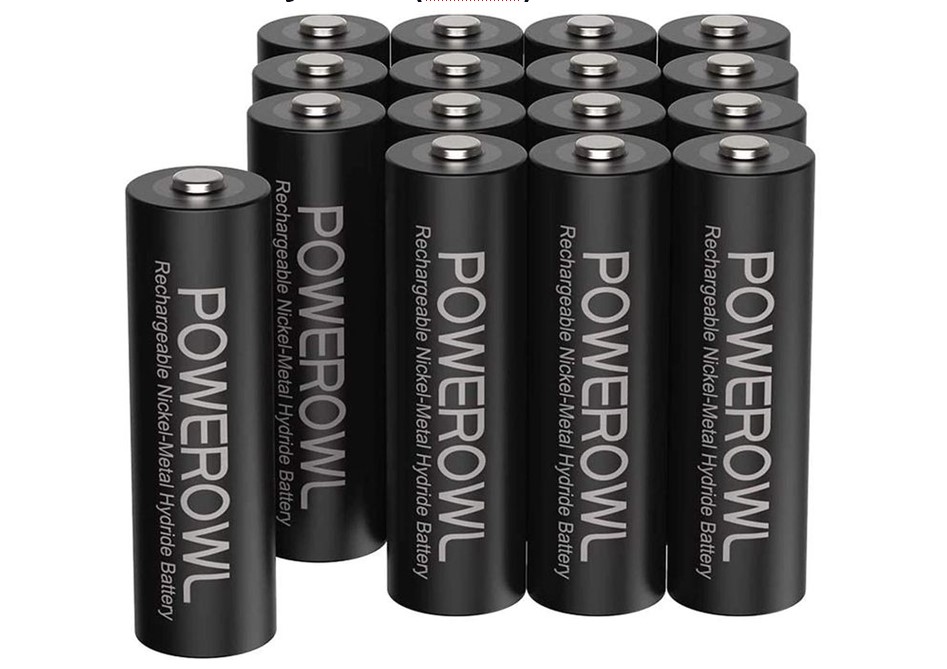5 Best Batteries For Your Solar Storage System
Solar energy is the future of power generation. As technology advances, we’ll see more and more countries stopping their dependence on fossil fuels and adopting renewable energy. But as with every change, there always needs to be a backup plan in case of a blackout or a power surge.
That’s when solar storage batteries come into play. Choosing the best batteries for your solar-powered storage systems is a challenging feat. There are many portable power stations manufacturers you can choose from for your solar storage. Whether you’ve already installed a solar system or are still researching and mulling over your options, there are essential factors to consider when making your decision.
1. Lithium iron phosphate (LiFePO4 or LFP) batteries

Image source: Pinterest
Alt-text: Lithium iron phosphate (LiFePO4 or LFP) batteries
Lithium iron phosphate (LiFePO4 or LFP) batteries are the best for solar storage systems. They are safe, reliable, and have a long lifespan.
Unlike lead-acid batteries, which can spill acid if damaged, lithium iron phosphate batteries contain no liquid electrolyte. They also don’t produce explosive hydrogen gas when charging (like lithium-ion batteries do).
Do lithium iron phosphate batteries have disadvantages? as a general rule, the more power your battery can store, the more expensive it will be. In other words, you get what you pay for. But with that said, there are some exceptions to this rule.
For example, nickel-based batteries would be better suited for solar storage than lithium-based batteries because they’re cheaper and have a larger capacity than LFP batteries.
2. Lead-acid batteries
Image source: Pinterest
Alt-text: Lead-acid batteries
Battery choice is an essential factor for solar storage systems. It’s worth noting that the best batteries for your solar storage system aren’t necessarily the most popular or most expensive — they’re simply the right fit for your needs.
Lead-acid batteries are still the most common type of battery used in solar storage systems, despite their lack of energy density (the amount of energy stored per unit volume or mass) and relatively high cost compared to other technologies.
Lead-acid batteries are cheap, reliable, and easy to maintain. They also have a long lifespan — typically ten years or more in standby applications, although lead-acid batteries lose capacity over time as they age.
Inverters convert DC power from solar panels into AC electricity that household appliances can use. They’re usually connected directly to the solar panels via cables.
However, some models feature built-in inverters that convert DC power directly from the sun’s rays into AC power without additional hardware or installation.
3. Nickel-cadmium (NiCd) batteries









